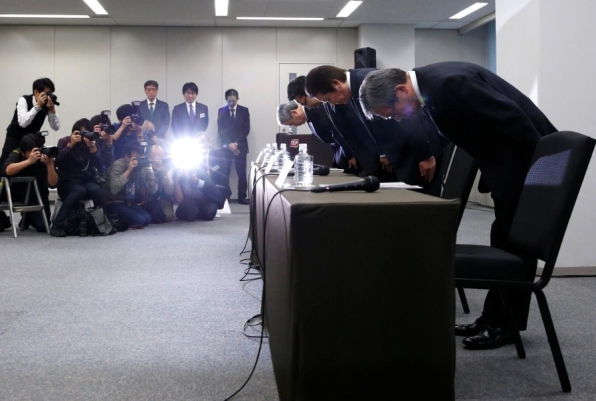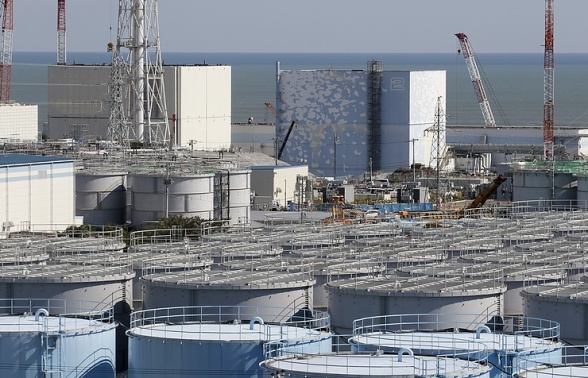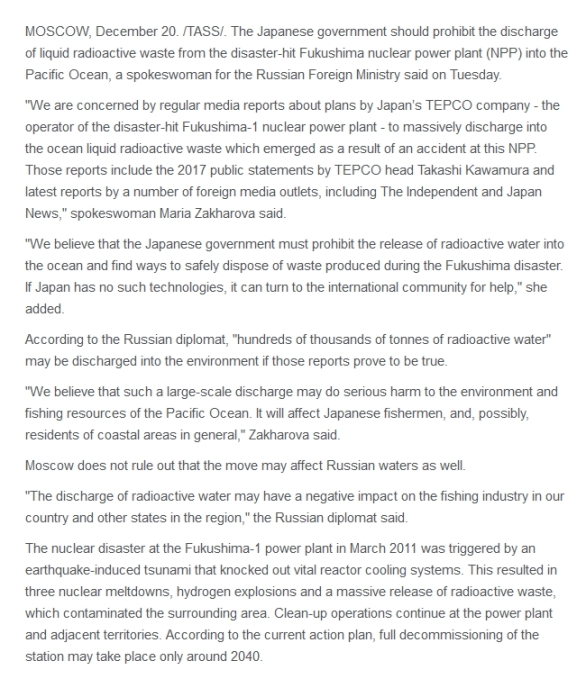The Anti-Nuke Peace Nun Who Broke into “High Security” US Site to Protest Nuclear Weapons: Sister Megan Rice – NH #339

Podcast: Download
To celebrate the holidays, a reminder of one of 2015’s successes — the early release from prison of Sister Megan Rice, one of three brave peace activists who broke into high security nuclear weapons at the Y-12 nuclear facility in Oak Ridge, Tennessee.
We’ll hear from:
- Sister Megan Rice, the 85-year old nun, speaks at length about the peaceful 2012 Transform Now Plowshares protest action which resulted in her being charged with sabotage and sentenced to almost three years in prison. Recorded when she was newly out of prison pending a re-sentencing hearing. All further charges were later dropped.
- Co-defendant Gregory Boertje-Obed, 60, who along with co-defendant Michael Walli, 68, was sentenced to over five years in prison for their non-violent protest.
Originally presented on May 26, 2015, for Nuclear Hotseat #205.
Sister Megan Rice, newly released from prison in 2015
Photo Credit: Dan Zak, by his permission.
LINKS to the Transform Now Plowshares statement and Indictment of Oak Ridge for War Crimes that were drawn up by these three brave activists and read at the Y-12 site.
Numnutz of the Week (for Outstanding Nuclear Boneheadedness):
OH NO! They can’t POSSIBLY be telling us to follow BERT THE TURTLE again! AAAAAAaaaahhhh….!

BUT THEY ARE! THE ORIGINAL “DUCK AND COVER” FILM BELOW:
Japan’s Kansai Electric used possibly falsified Mitsubishi Materials products at reactors

Moscow urges Tokyo to prevent discharge of Fukushima radioactive water
Moscow does not rule out that the move may affect Russian territorial waters.


http://tass.com/politics/981971
-
Archives
- May 2024 (181)
- April 2024 (366)
- March 2024 (335)
- February 2024 (345)
- January 2024 (375)
- December 2023 (333)
- November 2023 (342)
- October 2023 (366)
- September 2023 (353)
- August 2023 (356)
- July 2023 (362)
- June 2023 (324)
-
Categories
- 1
- 1 NUCLEAR ISSUES
- business and costs
- climate change
- culture and arts
- ENERGY
- environment
- health
- history
- indigenous issues
- Legal
- marketing of nuclear
- media
- opposition to nuclear
- PERSONAL STORIES
- politics
- politics international
- Religion and ethics
- safety
- secrets,lies and civil liberties
- spinbuster
- technology
- Uranium
- wastes
- weapons and war
- Women
- 2 WORLD
- ACTION
- AFRICA
- Atrocities
- AUSTRALIA
- Christina's notes
- Christina's themes
- culture and arts
- Fuk 2022
- Fuk 2023
- Fukushima 2017
- Fukushima 2018
- fukushima 2019
- Fukushima 2020
- Fukushima 2021
- general
- global warming
- Humour (God we need it)
- Nuclear
- RARE EARTHS
- Reference
- resources – print
- Resources -audiovicual
- World
- World Nuclear
- YouTube
-
RSS
Entries RSS
Comments RSS




